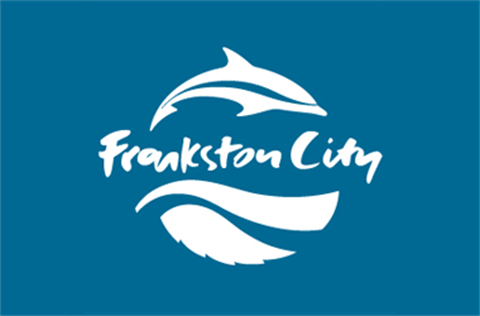Proposed rates plan to target land-banking and boost redevelopment
Published on 01 May 2025

Frankston City Council is proposing a new differential rate to encourage the development of vacant and land-banked properties in its city centre.
Part of Council’s draft Revenue and Rating Plan 2025-2029, the proposed rate would see vacant properties within the Frankston Metropolitan Activity Centre and along the Nepean Highway attract a differential rate three times higher than the general rate.
The proposal, endorsed by Councillors at the 23 April meeting and now open for community feedback, is the boldest move by a Victorian council to tackle land-banking, and follows similar measures taken by Hobart City Council to make land-bankers more accountable.
Frankston City Mayor Kris Bolam JP said land banking had been occurring in central Frankston for many years, and was holding the city back.
“There are several key locations across our city that have remained vacant since the early 2000s. This kind of tactical underdevelopment is no longer sustainable, so the council is taking steps to counteract the practice of land banking.”
Land banking occurs when investors acquire land with no specific plans for construction or development. The land is retained without use with the expectation that its value will appreciate over time due to economic growth or planning changes in the local area.
There are currently more than 50 instances of vacant land along the Nepean Highway and the Frankston Metropolitan Activity Centre. Council is proposing that the differential rate for these properties is increased to 300 per cent of the general rate for the 2025-2029 period, compared with 125 per cent in the 2021-2025 period.
“Land banking in strategic nodes of our city centre, and along the Nepean Highway stretch, is harmful and preventing much-needed infrastructure – such as hotels and more permanent
housing options – from being built. This is the kind of investment that our community desperately needs”.
As part of the Victorian Government’s housing targets released after the Housing Statement, an additional 33,000 homes will be needed in the City of Frankston by 2051. To achieve this Frankston City Council anticipates 3000 new dwellings will be needed in the city centre alone by 2041.
In addition, the City of Frankston is also experiencing a shortage in short-stay accommodation such as hotels and serviced apartments, which play a crucial role in supporting the municipality's burgeoning events and tourism sectors, as well as the city’s rapidly growing healthcare industry.
According to research from Econisis, more than 250 additional hotel rooms and serviced apartments will be needed by 2031 to meet this growing demand.
“Our city is attracting more and more people, both as a place to live and as a destination. We need to free up land to support this growth, and provide more diverse housing options, including higher density living, social housing and hotel beds.”
In addition to activating new development, Mayor Bolam said the new differential rate was good news for local ratepayers at a time of increased cost of living pressures.
“This isn’t extra income for the Frankston City Council coffers – any revenue raised through this new scheme will be strictly purposed to reducing the overall contribution needed from residential and commercial ratepayers.”
This means that while rates will increase by 3% which complies with the legislated State Government cap, the overall impost on residential and commercial ratepayers will only be approximately 2%.
“My message to those holding onto key parcels of undeveloped land is simple: do something with it or sell it to someone who will.”
As part of the same community consultation, Council is also seeking help from the community to finalise its Council and Wellbeing Plan 2025-2029, which will guide Council’s priorities for the next four years and how success will be measured.
Central to the plan are Council’s proposed strategic initiatives over the next four years to work towards delivering on the renewed Frankston City Community Vision 2040.
The revised vision sets out four key themes against which the plan will deliver, shaped by more than 1300 participants through online and face to face surveys, and further developed by a representative community panel. The themes are:
- Healthy and Inclusive Communities
- Natural Environment
- Connected Places and Economy
- Council Performance and Leadership
For the first time, the Council Plan and Municipal Health and Wellbeing Plan are being integrated into a single plan, ensuring health and wellbeing is at the centre of Council’s work over the next four years.
Mayor Bolam said: “Over the last year, we have been working closely with our community to ensure that we got our vision, themes and outcomes correct.”
The community can provide feedback on drafts of the Council and Wellbeing Plan 2025-2029 and the Revenue and Rating Plan 2025-2029 by completing an online survey at Engage Frankston. Feedback closes on 24 May 2025.